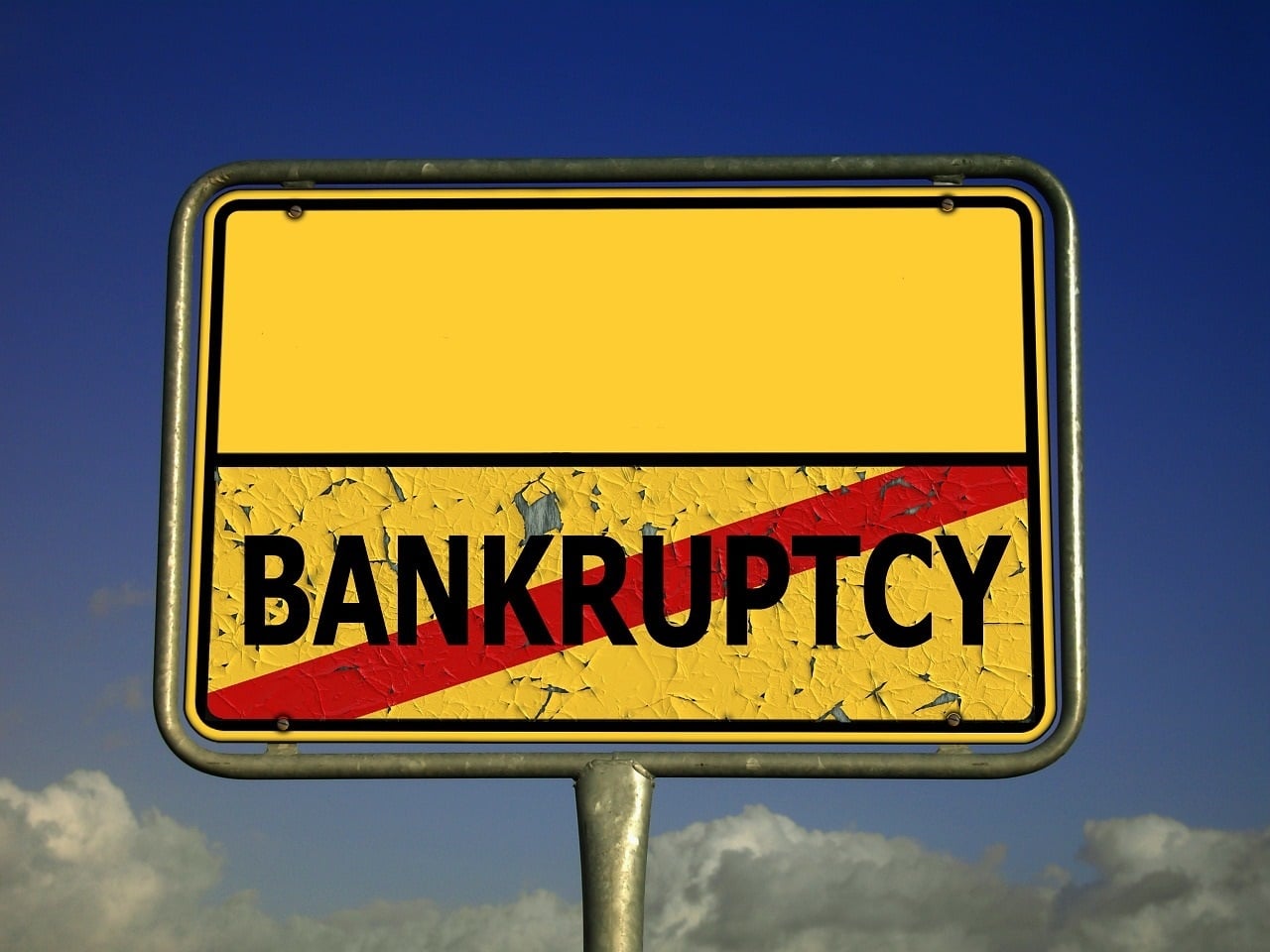How Adaptability Affects Strategic Execution
According to the U.S. Census Bureau, about 470,000 companies go out of business in the United States every year. If you think that number seems high, just recall what happened to the Delorean. Surprisingly, only 71 companies of the original 1955 Fortune 500 list are still around today. What’s the hold-up for these organizations when it comes to strategic execution? How can companies that were once household-names end up going bankrupt? One of the biggest issues that prevents companies from succeeding in the long-run is a failure to adapt.
Why You Need to Adapt to Improve Strategic Execution
Some businesses close for predictable reasons– the company was acquired by a competitor, the owner decided to retire, etc. But others fail because they can’t innovate.
And it’s not just start-ups that are failing. Although reports show that 8 out of 10 entrepreneurs who start businesses fail within the first 18 months, plenty of well-established household name companies have recently folded because of a failure to adapt to changes in the market or their customers’ needs.
We’ve all heard the story of Blockbuster Video. Started in 1985 by David Cook, Blockbuster saw a huge degree of growth and early successes. Viacom acquired Blockbuster for more than 8 billion dollars in 1994.
At its peak, Blockbuster employed 60,000 employees across 9,000 stores worldwide and had a market value of more than 5 billion dollars.
So what changed? Blockbuster’s traditional model became outdated as other services emerged which better catered to customers’ needs. For instance, Reed Hastings founded competitor Netflix in 1997. Netflix eliminated many of the pain points that Blockbuster users had complained about, like paying exorbitant late fees, and it revolutionized the video-rental process. Instead of driving to a brick-and-mortar store, customers could simply order videos and have them shipped straight to their door.

Yet Blockbuster didn’t adapt soon enough. Rather than change the company’s business model and processes to improve strategic execution, when offered the opportunity to purchase Netflix in 2000, they declined. Although Blockbuster finally created its own DVD-streaming service in 2004, it was miles behind competitors Netflix and Hulu.
The business wasn’t ready to change its model until it was too late. They’re not the only company who’s been unable to keep up with the times, but they’re one of the clearest examples. If you want your organization to avoid Blockbuster’s fate, your company has to be flexible, open to change and grow. Otherwise, you might find yourself obsolete. There are several tactics to help you maintain relevancy and continue to scale up and adapt.
One way to avoid failure is to track your data meticulously. See in which areas your company is excelling, how well your performance matches your goals based on your KPIs, and where you need improvement. Evaluate your company in comparison to your competitors, and stay abreast of industry news and updates by following relevant publications and blogs.
You should also communicate frequently with your customers to identify what they need. Ask for their feedback via surveys and one-on-one conversations, measure satisfaction levels, and take their input into account.
If your customers need a product that does X, Y, and Z, figure out the best way for your business to meet their needs.
It’s also important to avoid feelings of complacency within your company. Make sure that your leadership team inspires innovation among your employees by encouraging learning opportunities, brainstorming new ideas, and being open to change the status quo.
You don’t need to give up on your company’s goals and processes, but you should be able to tweak and adapt your business strategy as needed. Utilize a one-page plan to map out your company’s projected goals for the future, but be ready to pivot. Companies that fail to adapt, fail.
Remember Borders Books? Once a giant in the book industry, Borders went out of business in 2011 because they failed to adapt to the technological advances that were affecting book sales, like the Kindle and other tablet devices.
Don’t be like these companies that have now become examples of stagnation and stubbornness. Make sure to keep on top of business trends and new advances, so your company can continue to adapt to market needs and scale up successfully.
If you are looking to scale up check out our strategic planning and execution software





